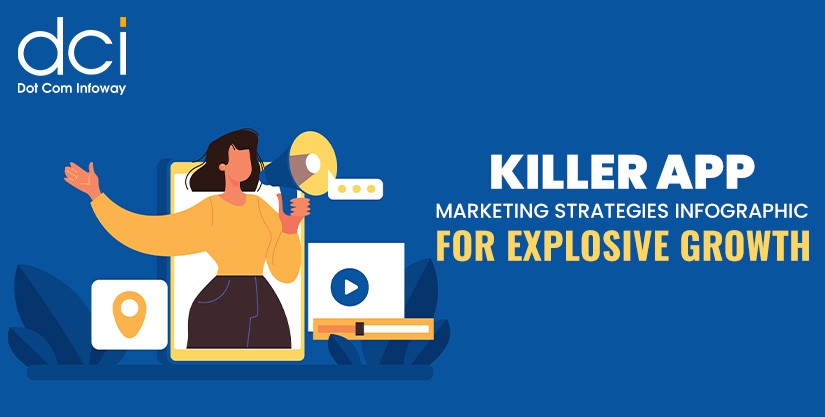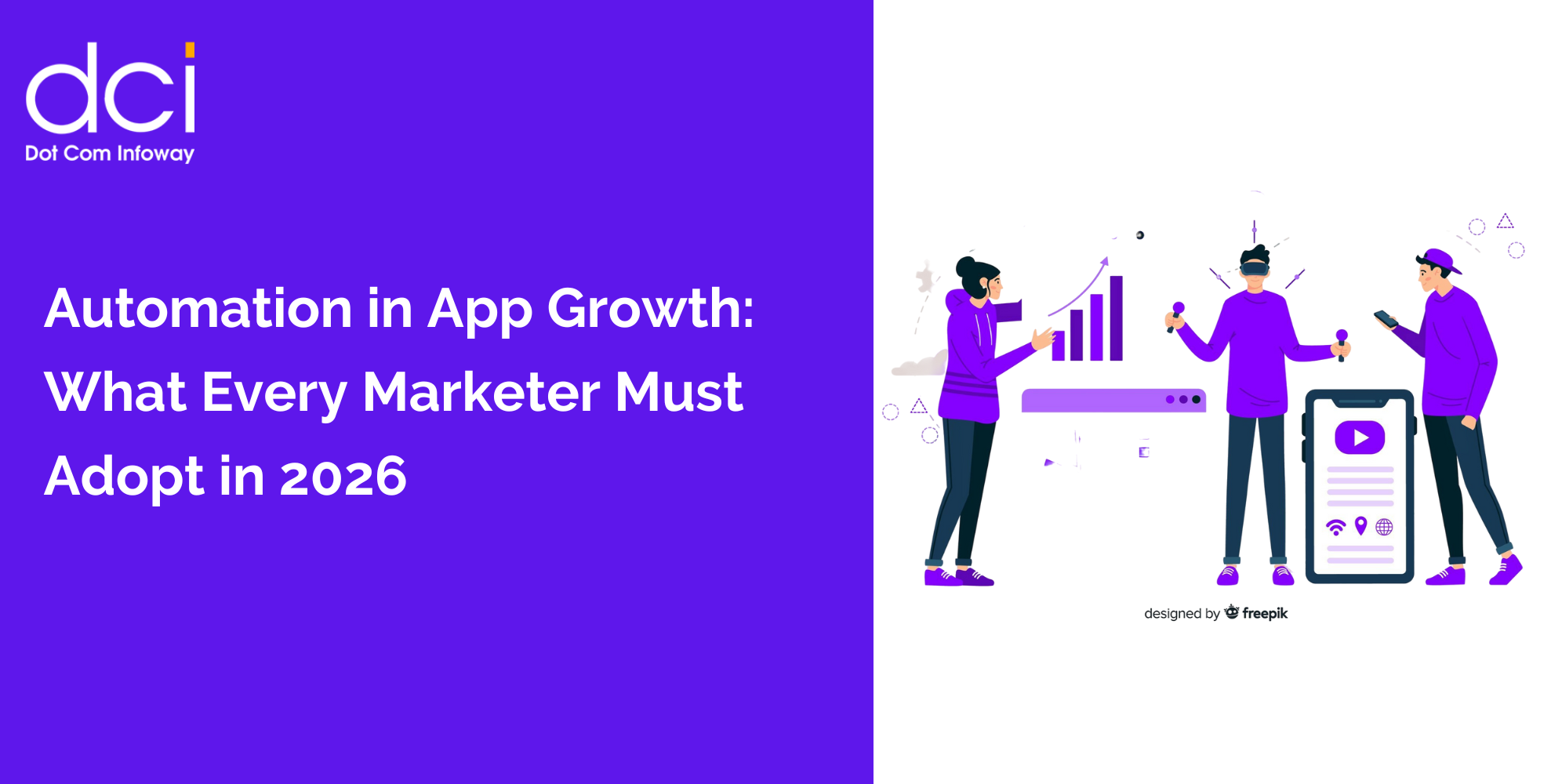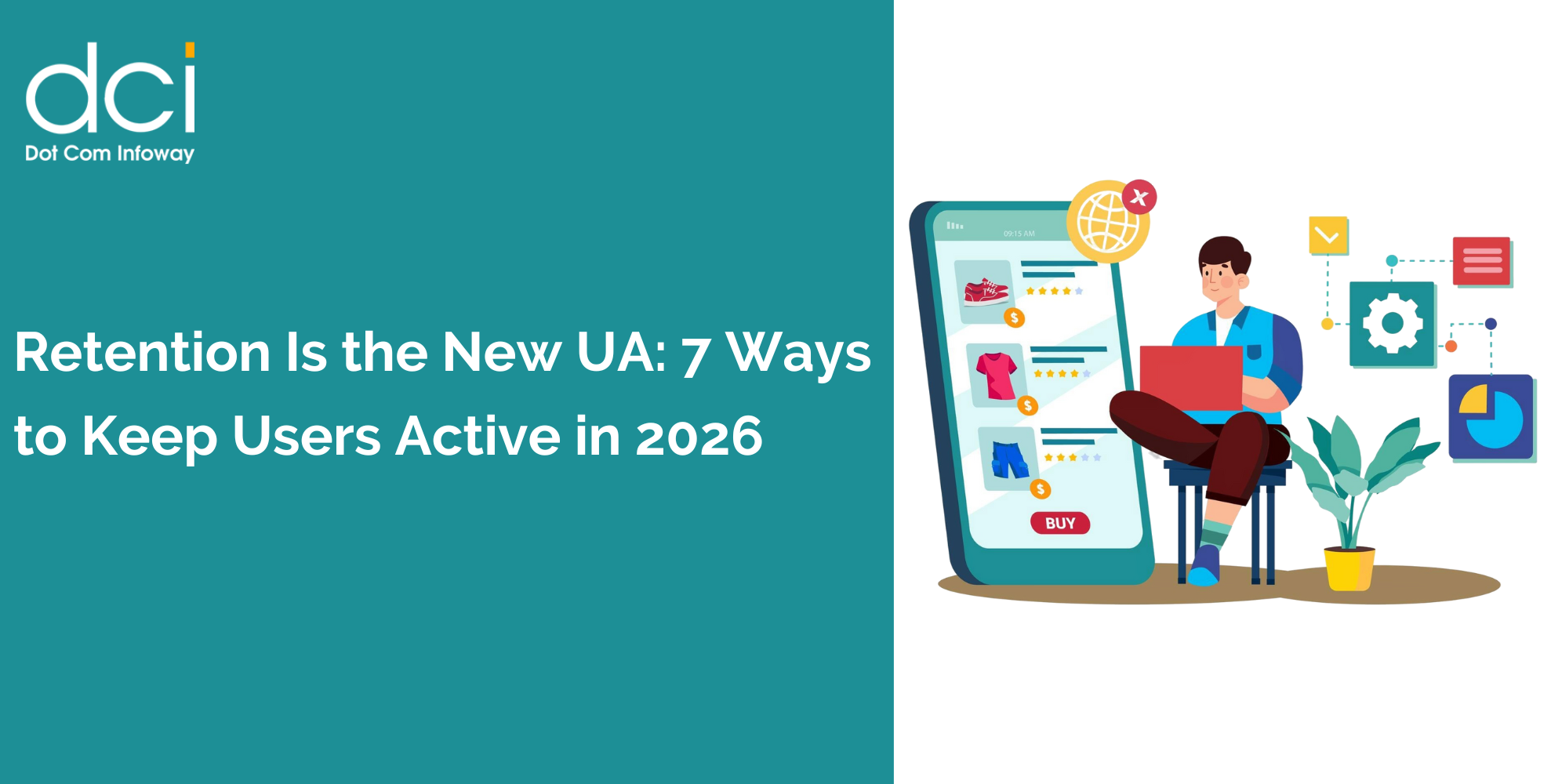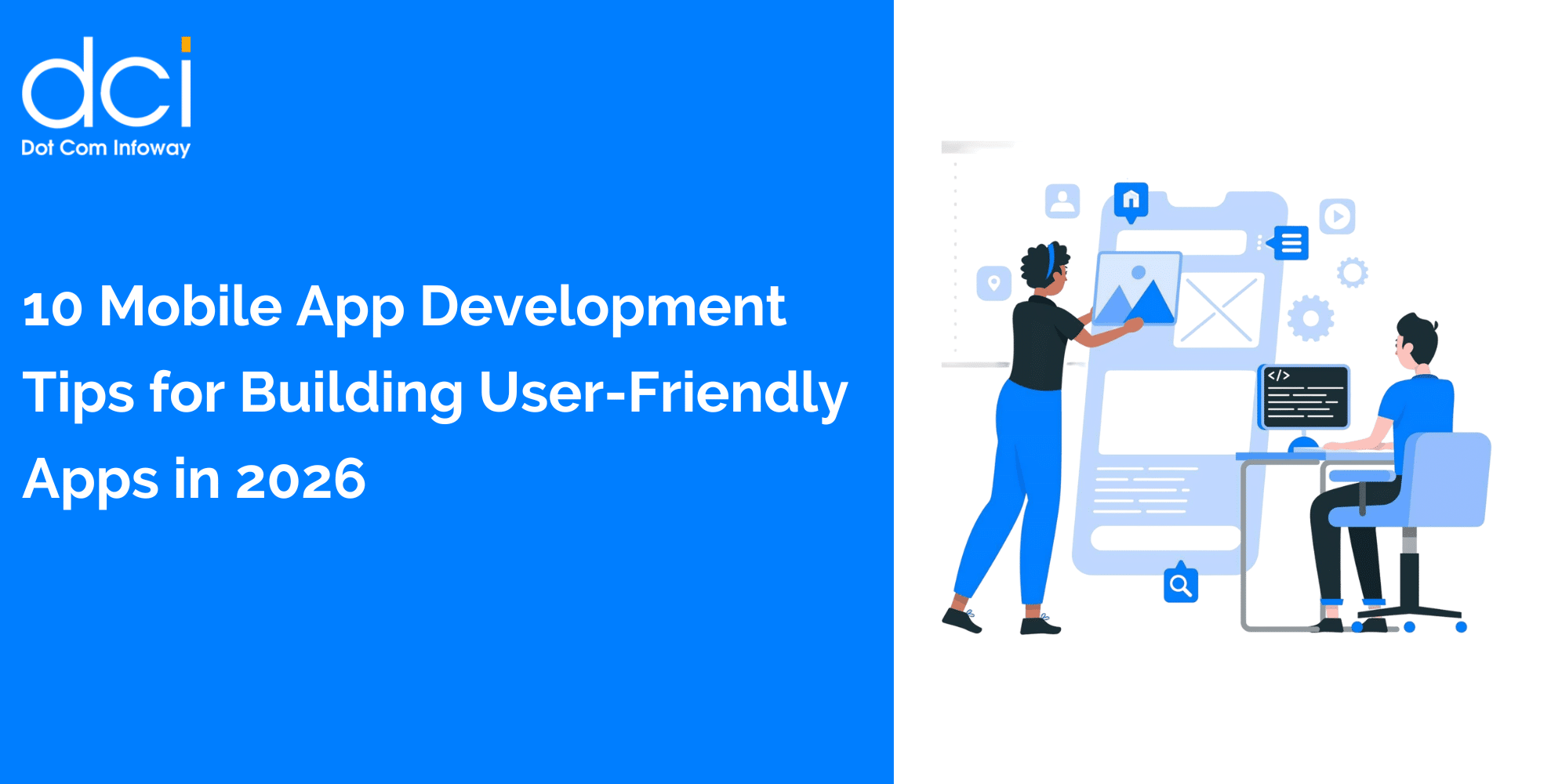Predicting the ever-evolving consumer behaviour is one of the biggest challenges faced by marketers around the world. Well, it has always been a challenging task, but today, it is even harder as consumers are constantly being exposed to new technologies, products and even new wants! With a plethora buying options to their disposal, today’s consumer behaviour flickers way too often. Now, thanks to the advent of e-commerce and mobile commerce, buying a product or service is not a simple task it used to be. As they say, ‘Choices make life more complex,’ buying a product or a service in the present era is accompanied by a lot of comparisons and checking out for deals. Businesses face the brunt of this as many a time, after spending a good deal of money to promote their products, customers often leave the product in the shopping cart – never to return!
While all this is heart-wrenching for the businesses who keep losing the sale to competitors, all hope is not lost. Smart marketers put their money on data analytics to best understand their consumer behaviour.
Marketing cannot happen in isolation – a mere positioning of product to a potential buyer is not going to make the sale. Converting an interested buyer into a customer, in the era of digital overexposure, requires a deeper scrutiny of users’ digital movements. This involves tracing the digital footprints of your prospective buyers with the help of smart and intuitive data analytics tools.
Dot Com Infoway, an award-winning CMMI Level 3 Digital Marketing Company, has recently launched a comprehensive infographic titled ‘Predicting Consumer Behaviour with Data Analytics.’ The easy-to-understand infographic explains why it is important to analyze customer behavior. And with engaging charts and graphics, it lists online shopping behavior of an average online buyer along with a mention of sites where consumers share feedback about products and services. Next, the infographic lists down the steps involved in making a purchase as well as informs about the models of consumer buying behavior process.
The highly educating infographic ends with explaining various types of predictive modeling. All the facts and stats provided in the infographic are taken from credible sources including KPMG, TDWI and Optimove.
Tapping into the consumer behavior is key to increasing online sales, and marketers around the world can benefit by gaining a better understanding of how to track their target buyers’ behavior. The infographic from Dot Com Infoway can certainly be a helpful tool in knowing how to track your customers’ behavior.







![The Game Marketing Guide: Pre and Post-Launch Strategies [Infographic]](https://www.dotcominfoway.com/wp-content/uploads/2023/09/DCI-Game-Marketing-blog-1.jpg)















